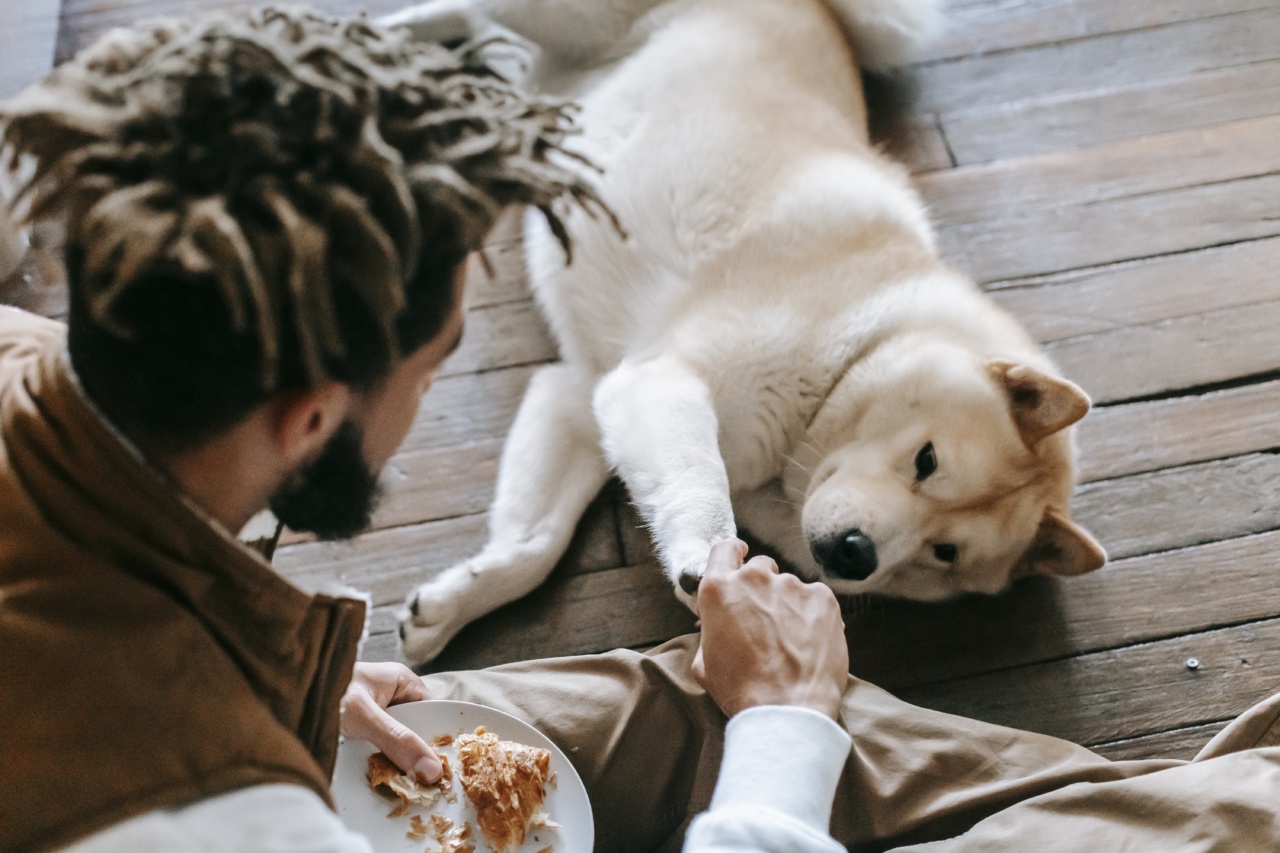Dogs are some of the most loving and friendly animals on the planet, but for some people, they can also be a source of fear and anxiety.
Whether it’s due to a past trauma or just a general unease around dogs, having a phobia of our furry friends can be incredibly debilitating. The good news is that there are several strategies you can use to beat your dog phobia and overcome your fear once and for all.
In this article, we’ll explore some of the most effective methods for dealing with dog phobia and help you make peace with man’s best friend.
Understand Your Fear
The first step in overcoming your dog phobia is to understand it. Fear is a natural response to perceived danger, and it can be triggered by a number of different factors when it comes to dogs.
For some people, it may be a past experience with a dog that was aggressive or violent. For others, it could be a fear of the unknown, or a general sense of anxiety that they can’t quite explain.
Understanding the root cause of your fear is an important first step in overcoming it, as it will help you identify the triggers that set off your anxiety and allow you to develop strategies for coping with them.
Take some time to reflect on your past experiences with dogs, and try to identify the specific instances that caused you to feel scared or intimidated. This will help you gain a better understanding of your phobia and give you a starting point for overcoming it.
Learn About Dog Behavior
Another effective strategy for overcoming dog phobia is to learn as much as you can about dog behavior.
Understanding how dogs communicate and interact with each other and with humans can help you feel more comfortable around them and give you the confidence you need to overcome your fear.
Some common behaviors that dogs exhibit include barking, growling, wagging their tails, and jumping up on people.
By learning about these behaviors and what they mean, you’ll be better equipped to read a dog’s body language and understand when they’re feeling happy, scared, or aggressive. This, in turn, will help you avoid situations that might trigger your anxiety and allow you to feel more at ease around dogs in general.
Exposure Therapy
Exposure therapy is a well-established technique for treating phobias of all kinds, including dog phobia.
The basic idea behind exposure therapy is to gradually expose the person to the thing they fear in a controlled and safe environment, until their anxiety levels decrease and they’re able to face the fear without experiencing a panic attack or other symptoms of anxiety.
If you have a fear of dogs, exposure therapy might involve starting with something as simple as looking at pictures of dogs, then gradually working your way up to being in the same room as a dog, and eventually petting and interacting with a friendly dog. The goal is to help you overcome your fear one step at a time, building your confidence and allowing you to face your fear head-on.
Cognitive Behavioral Therapy
Cognitive-behavioral therapy (CBT) is another treatment option for dog phobia that has shown promise in clinical studies.
CBT is a form of talk therapy that focuses on identifying negative thought patterns and behaviors and replacing them with more positive and empowering ones.
For dog phobia, CBT might involve helping the person identify the specific thoughts or beliefs that are contributing to their fear (e.g., “all dogs are dangerous” or “I’m going to get bitten if I get too close to a dog”).
Then, the therapist will work with the person to challenge these beliefs and come up with more realistic and positive alternatives (e.g., “most dogs are friendly and well-behaved” or “if I approach a dog calmly and respectfully, I can stay safe”).
Relaxation Techniques
Relaxation techniques like deep breathing, progressive muscle relaxation, and visualization can also be helpful in managing dog phobia.
When you feel anxious or scared around dogs, these techniques can help you calm your mind and body and reduce your overall levels of stress and tension.
To practice deep breathing, simply inhale deeply through your nose for a count of four, hold your breath for a count of four, and exhale slowly through your mouth for a count of six. Repeat this until you feel your anxiety levels decrease.
For progressive muscle relaxation, start by tensing the muscles in your toes as tightly as you can, then relax them completely and move up to your calves, thighs, and so on, until you’ve relaxed every muscle in your body.
Visualization involves imagining yourself in a peaceful and relaxing environment, such as a beach or a mountain top, and focusing on the sights, sounds, and smells of that environment as a way to calm your mind and body.
Seek Professional Help
If you’re struggling with dog phobia and find that the strategies above aren’t helping, it may be time to seek professional help.
A licensed therapist or counselor can work with you to develop a personalized treatment plan that takes into account your unique needs and circumstances, and can help you overcome your fear of dogs once and for all.
Don’t be afraid to reach out for help if you need it. Dog phobia is a common condition that affects millions of people around the world, and there are plenty of resources available to help you overcome it.
Conclusion
Dog phobia can be a debilitating condition that affects every aspect of a person’s life.
But with the right strategies and resources, it’s possible to overcome this fear and learn to love and appreciate dogs for the amazing creatures they are. Whether it’s through exposure therapy, cognitive-behavioral therapy, or relaxation techniques, there are plenty of effective strategies you can use to beat dog phobia and take control of your fear once and for all.






























